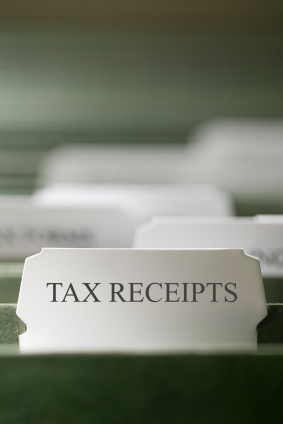Substantiating business expenses is a common problem for many businesses going through an audit with either the Internal Revenue Service (IRS) or Minnesota Department of Revenue (MDR). The IRS and MDR have expectations of what they believe to be proper record keeping. Meeting these expectations can be difficult and the requirements can vary depending on the type of business expense the taxpayer needs to substantiate. This article will focus on the first step in substantiating a business expense: proving the business incurred the expense.
Section 162 of the Internal Revenue Code allows a business taxpayer to deduct from its gross income its “ordinary and necessary” business expenses. In general, the expense must be:
- paid or incurred during taxable year;
- for carrying on any trade or business;
- a necessary expense; and,
- an ordinary expense.
INDOPCO, Inc. v. Comm’r, 503 U.S. 79, 112 S. Ct. 1039 (1992).
According to Internal Revenue Code Section 6001 and Revenue Procedure 92-71, the following documents are considered adequate proof of an expense:
- A paper receipt proving a cash payment;
- A cancelled check when the cancelled check shows the check number, amount, posting date, and name of payee;
- A statement showing an electronic funds transfer when the statement shows the amount of the transfer, the date, and the name of payee; and,
- Credit card statement when the statement shows the amount of the charge, the date of the charge, and the name of payee.
If these documents are unavailable, the taxpayer may be able to convince the IRS or MDR to use a reasonable estimate of an allowable expense. This approach has long been approved in the federal courts. See Cohan v. Comm’r, 39 F.2d 540 (2d Cir. 1930). When the taxpayer cannot provide documents, it is critical that they give the IRS or MDR some reasonable way of estimating the expenses for which no documents exist. These estimates might include comparing industry averages or available past or current financial records. While the IRS and MDR will not allow what may have been the exact amount spent, the taxpayer should be able to prevent either agency from disallowing the expense in full.
Providing the documents to prove that the taxpayer incurred expenses is the first step in a substantiation audit. The taxpayer must also prove the expense was incurred in a trade or business; the expense is necessary; and, the expense is ordinary. Please watch for further articles in this blog explaining these additional requirements.

